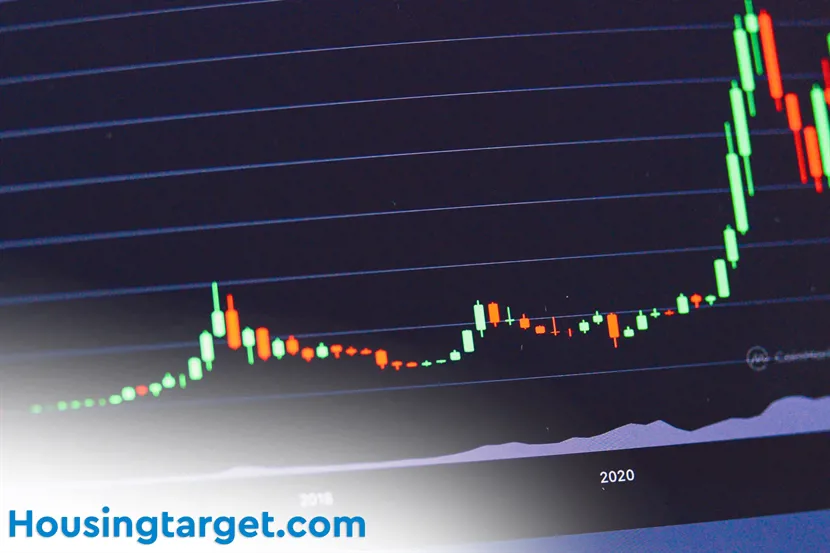Real estate year in review: Major trends and market analysis of 2023

The real estate market in 2023 presents an intriguing scenario, particularly in Denmark and Sweden. These markets are evolving under the influence of economic changes and EU policies, offering a window into their ability to adapt and innovate.
This year marks a significant shift in housing preferences in Denmark and Sweden. There's a noticeable trend towards suburban homes and energy-efficient properties, reflecting an increased awareness of environmental issues. The housing market is showing varied trends - while some areas see rising prices and active sales, others are experiencing stagnation. The rental market, in particular, is undergoing significant changes, with new patterns in demand and supply emerging.
If you are looking for a house for rent, check out Housingtarget.com. Here you can find an overview of housing options for rent in the whole of Europe.
Technology and Eco-Friendly Initiatives
Technology's role in real estate has become more pronounced. Features like virtual tours, AI in property management, and smart home systems are now standard. These advancements are not just about convenience but also about efficiency and security. Alongside technological integration, there's a strong push towards sustainability. Green building practices are becoming more common, driven by the EU's strict environmental regulations. This trend is leading to the development of eco-friendly buildings and neighborhoods, focusing on long-term sustainability.
Market Overview
Economic Impact
The real estate sector in both countries is closely tied to the broader economic factors like interest rates, inflation, and the general health of the European economy. Government policies, including tax incentives and development grants, are significant in shaping the investment and development landscape.
Regional Market Differences
The contrast in real estate markets between urban centers like Copenhagen and Stockholm and rural areas is stark. Urban areas are often hubs of growth and innovation, while rural areas are facing different kinds of challenges and opportunities. This divergence is leading to a varied real estate landscape across both countries.
Challenges and Prospects
The year 2023 brings its own set of challenges for the real estate markets in Denmark and Sweden. These include adapting to regulatory changes and making the market accessible for international investors. However, the opportunities are equally prominent. New housing developments and commercial projects are on the rise, offering potential for growth and development.
Future Predictions
The future outlook for these markets is cautiously optimistic. Ongoing developments in the European Union, both economically and politically, are expected to have a significant influence on the real estate sector in Denmark and Sweden.
In conclusion, the real estate market in Denmark and Sweden in 2023 is at an interesting juncture, characterized by both challenges and opportunities. Its ability to adapt to changing circumstances and capitalize on emerging trends will be crucial in determining its future trajectory in the dynamic European real estate landscape.
- April 2024 (1)
- March 2024 (3)
- February 2024 (5)
- January 2024 (4)
- December 2023 (3)
- July 2023 (1)
- June 2023 (5)
- May 2023 (1)
- Navigating the seasonal shifts in the residential real estate market 4. April 2024
- The rise of co-living: redefining room rentals for the modern era 21. March 2024
- The digital house hunt: How tech is transforming the search for real estate 14. March 2024
- Enhancing rental appeal through outdoor space redesign 7. March 2024
- Spring Cleaning Tips for Home Sellers and Renters 29. February 2024
- Nordic charm: The enduring appeal of scandinavian design in today's real estate market 23. February 2024
- Preparing Your Home for the Market: A Comprehensive Guide 15. February 2024
- Embracing the compact living revolution 9. February 2024
